With beverages, other senses besides taste come into play, particularly sight. If a beverage is “Instagrammable” and its colour appeals to the public, consumption will take off. This strategy as a whole is the responsibility of marketing, because the launch of a new product depends on its taste and many other factors.
In this post we’ll explore how to position certain beverages and make them trendy, appealing and desired by millions of people through design, colour and visibility in the media.
Beverages and colour, a mix of emotions for the consumer
It happens to all of us. If we go into a bar and don’t know what to order, our eyes are likely to be drawn to liquids with unusual and intense colours, even when we don’t quite know what they are. Because, in the case of beverages, colour is directly related to their possible flavour. For example, red conjures up fruity and refreshing sensations, and dark colours generally translate to intensity or stronger drinks.
The psychological effects of marketing and advertising play a very important role in this sector. To the point that, according to a study by the Biomedical Center the sensory signal that most influences taste and prediction of taste is colour.
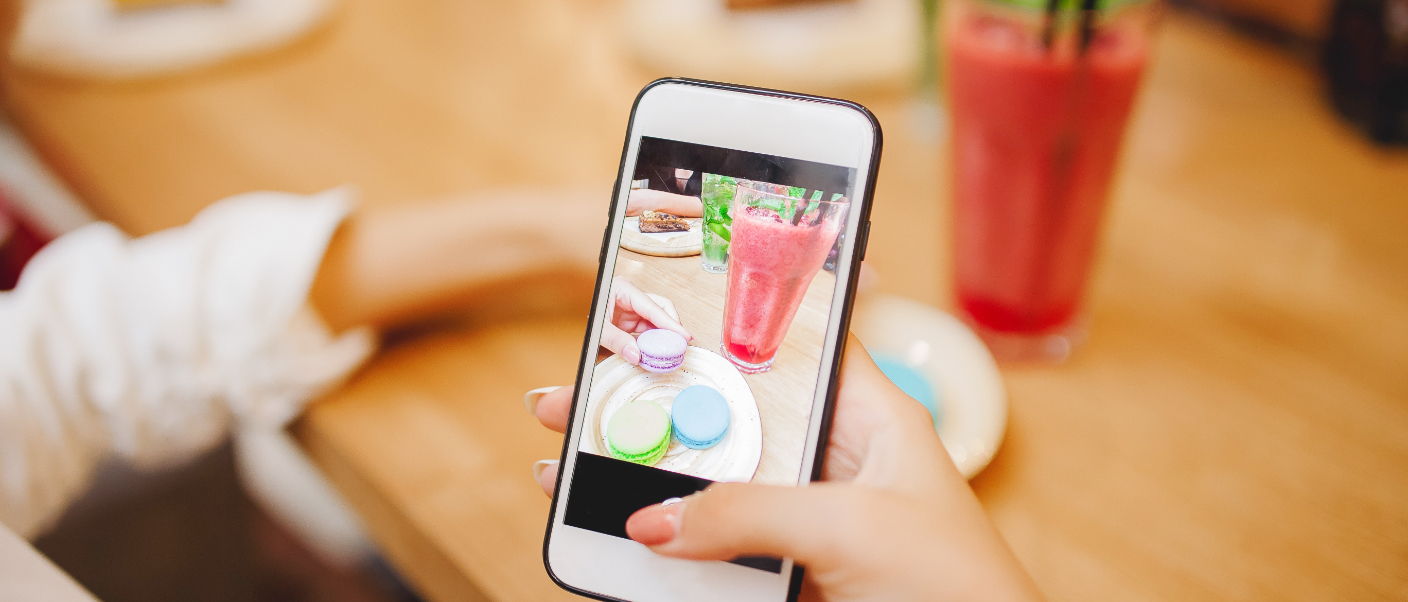
But the best thing is to try doing the test on ourselves. Colour appeals directly to a person’s emotional response and nostalgia, two elements that directly influence the beverage industry. We evaluate the colour and are immediately taken back in time and associate the product with previous experiences and how we experienced its flavour, if we liked it, and enjoy it once again. Incredible but true.
Colour trends in beverages
Colour in beverages has never been so fashionable. According to experts, the hottest trends have to do with the following:
1. Reddish, orangey and yellow hues: a summery, tropical touch.
Almost all beverages for quenching thirst are intrinsically related to these hues. Everything from flavoured sparkling waters, to juices, energy drinks, hard seltzers, and many more. The reddish hues of watermelon or passion fruit are very popular.
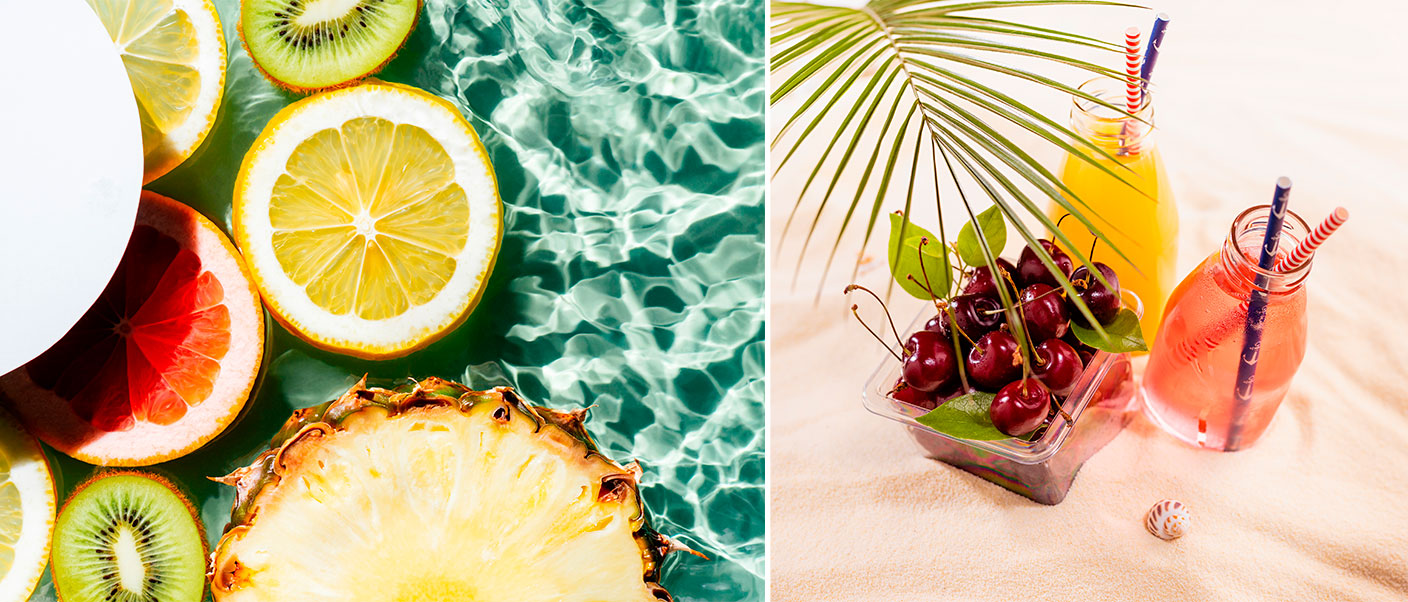
These also remind us of citrusy flavours like lemon and orange.
2. Greens, blues and even edgy purple have burst onto the scene and are the most Instagrammable lately.
The automatic rejection that seeing a green beverage used to inspire in us has changed completely thanks to Instagram. Green is now synonymous with a healthy product. If we take a look at social media, we can see how we are being continuously bombarded with the greens of apples and kiwis, spinach and other vegetables, green tea and CBD. All of them extremely healthy.
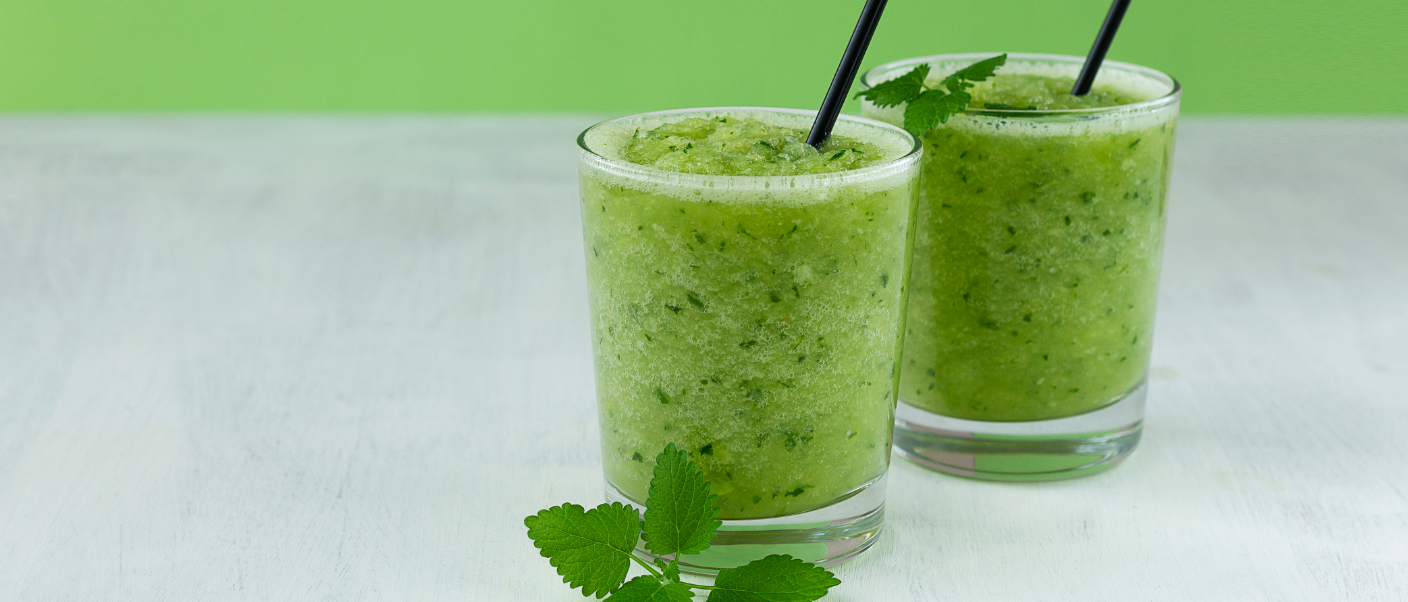
This edgier range also includes blues and even purple-coloured beverages. In this sense, energy drinks and ready-to-drink cocktails are growing in popularity.
3. Is orange the new pink?
Yes. This is the case of the spritz and its characteristic orange colouring, which is being very well received in all senses. It’s overtaking the traditional pink that was seen as so desirable in gins for the cocktail hour or aperitifs.
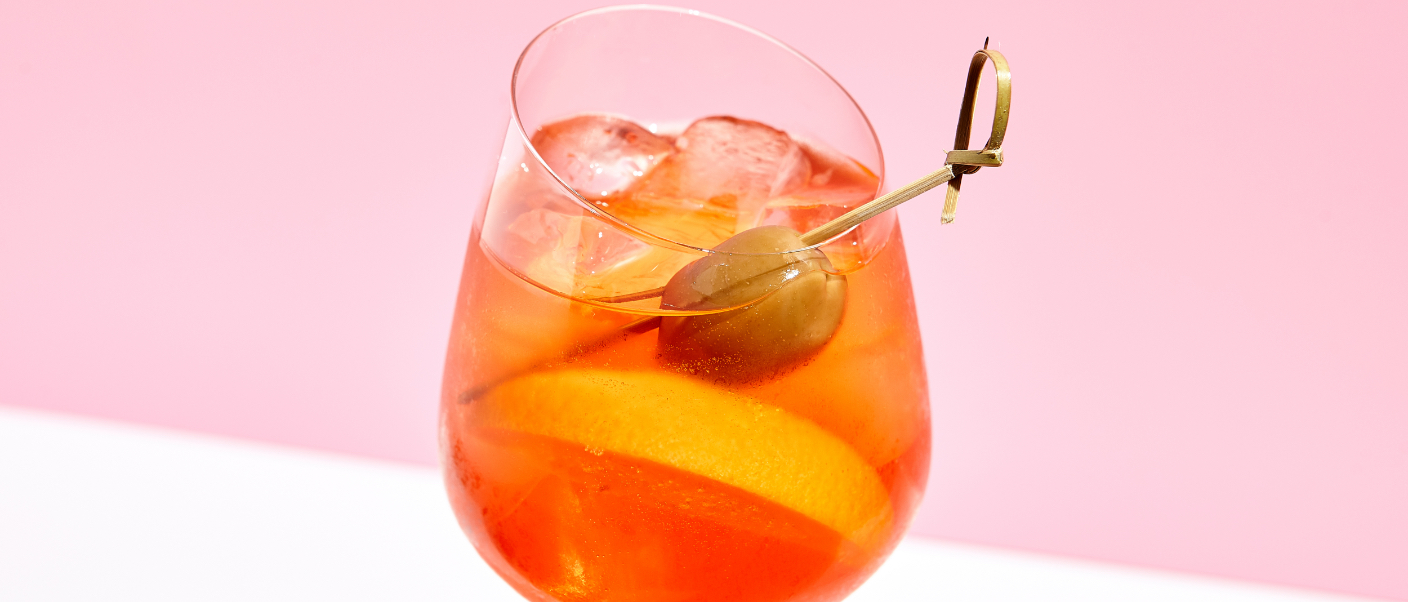
4. The youngest target audiences demand trendy colours
Young people are asking for the liquids they see most on Instagram or other visual platforms.
In Spain, alternatives like Salitos and Felina are triumphing. Both contain alcohol, both are top products at the moment, and both have an ambitious presence on social media.
Salitos is a trendy beer that comes different colours and contains 5.9% alcohol. It’s used quite a bit in cocktails and comes in several colours (Salitos Blue, Saliltos Ice, Premium, Mojito and Tequila). The blue version is perfect for social media.
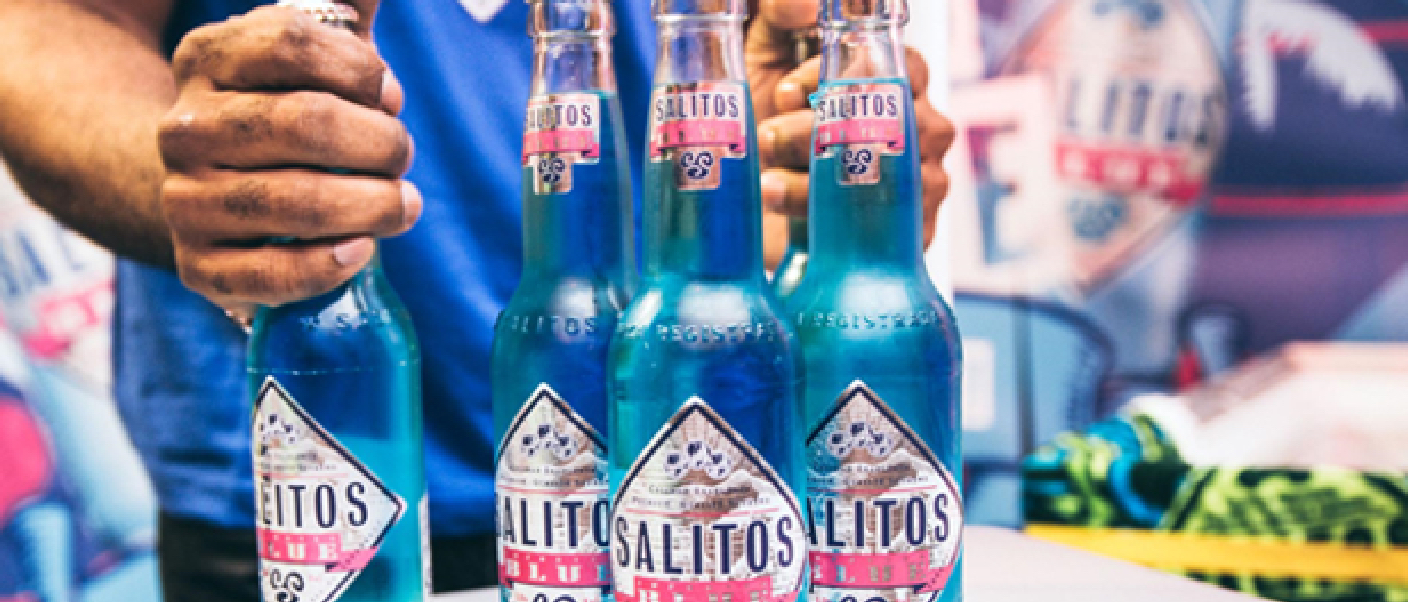
Felina is intended for a fit public that wants to enjoy something special in moments of relaxation or with friends that also lets them stick to their diet. It’s vegan, contains hardly any calories, and is sugar- and gluten-free.
5 . Colours of beverages of vegetable origin
The growing demand for alternatives to dairy and grey-looking vegetable beverages has generated the need to explore warm hues like vanilla and egg, along with brown hues.
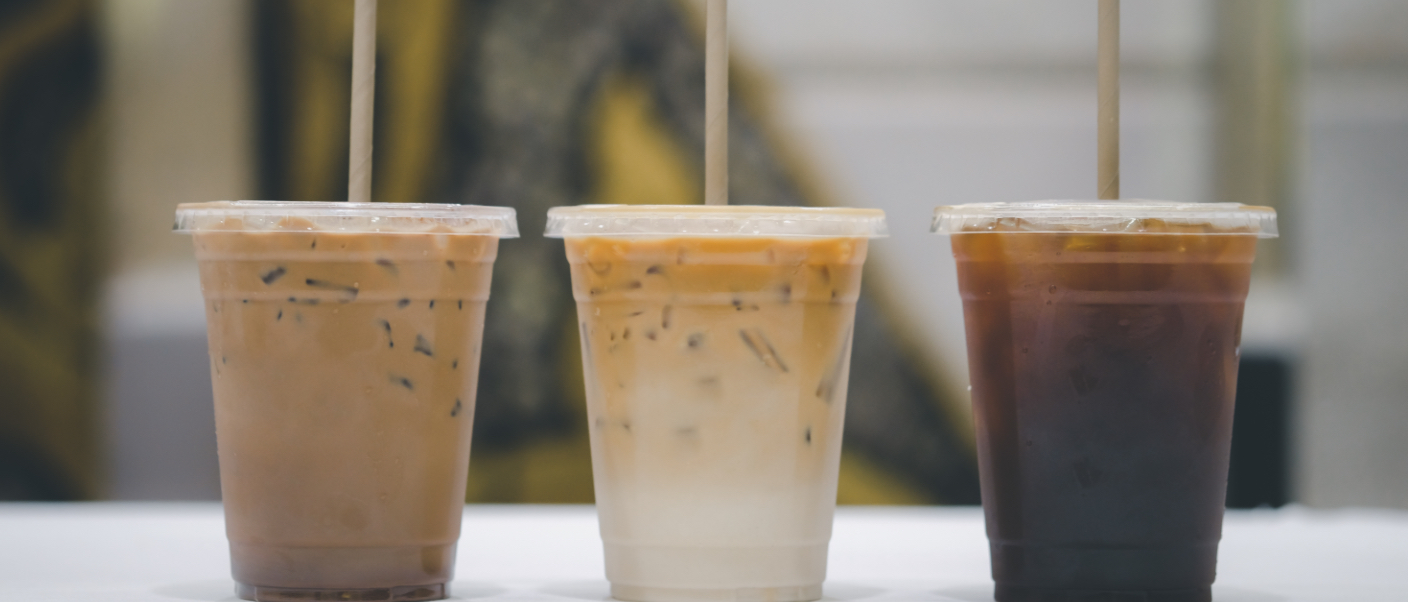

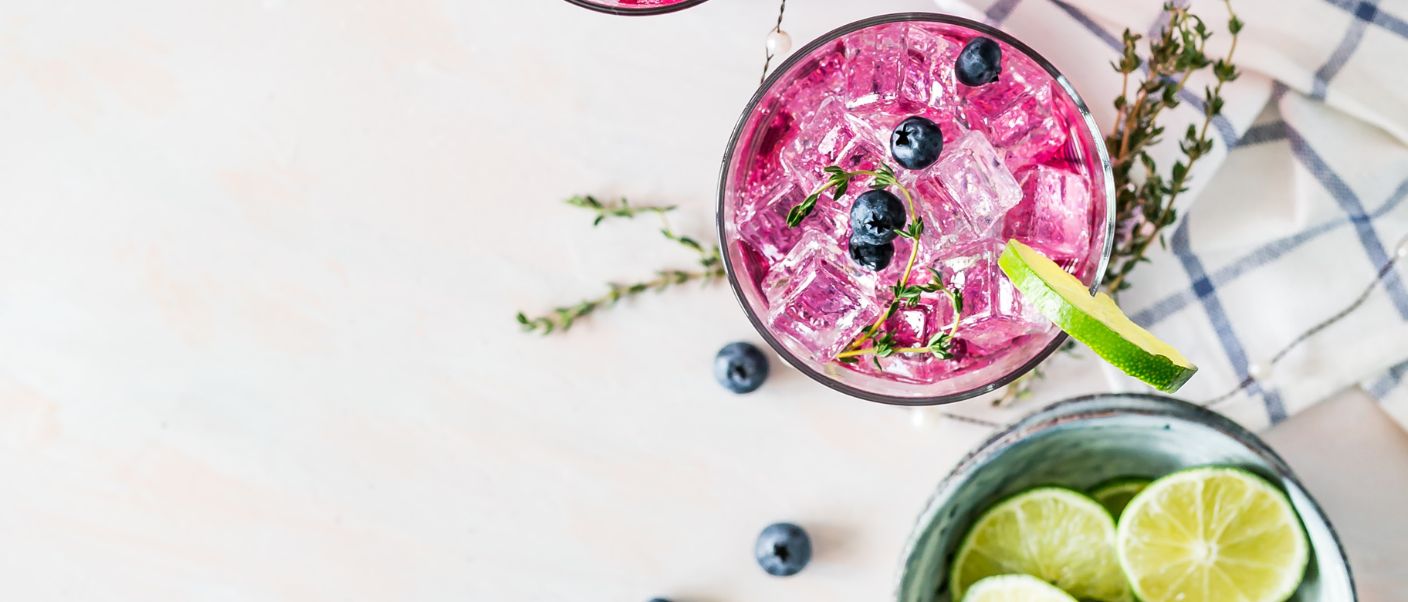



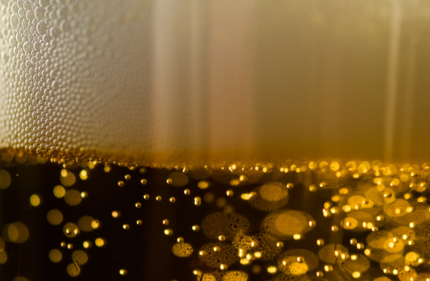
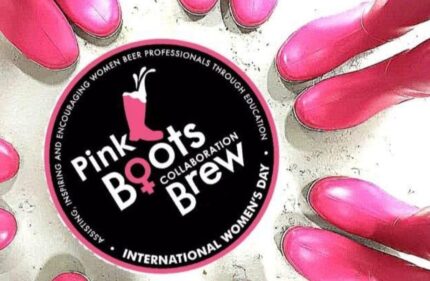
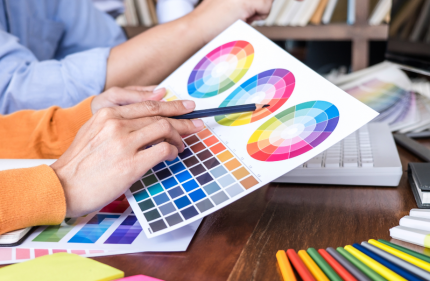


Comments